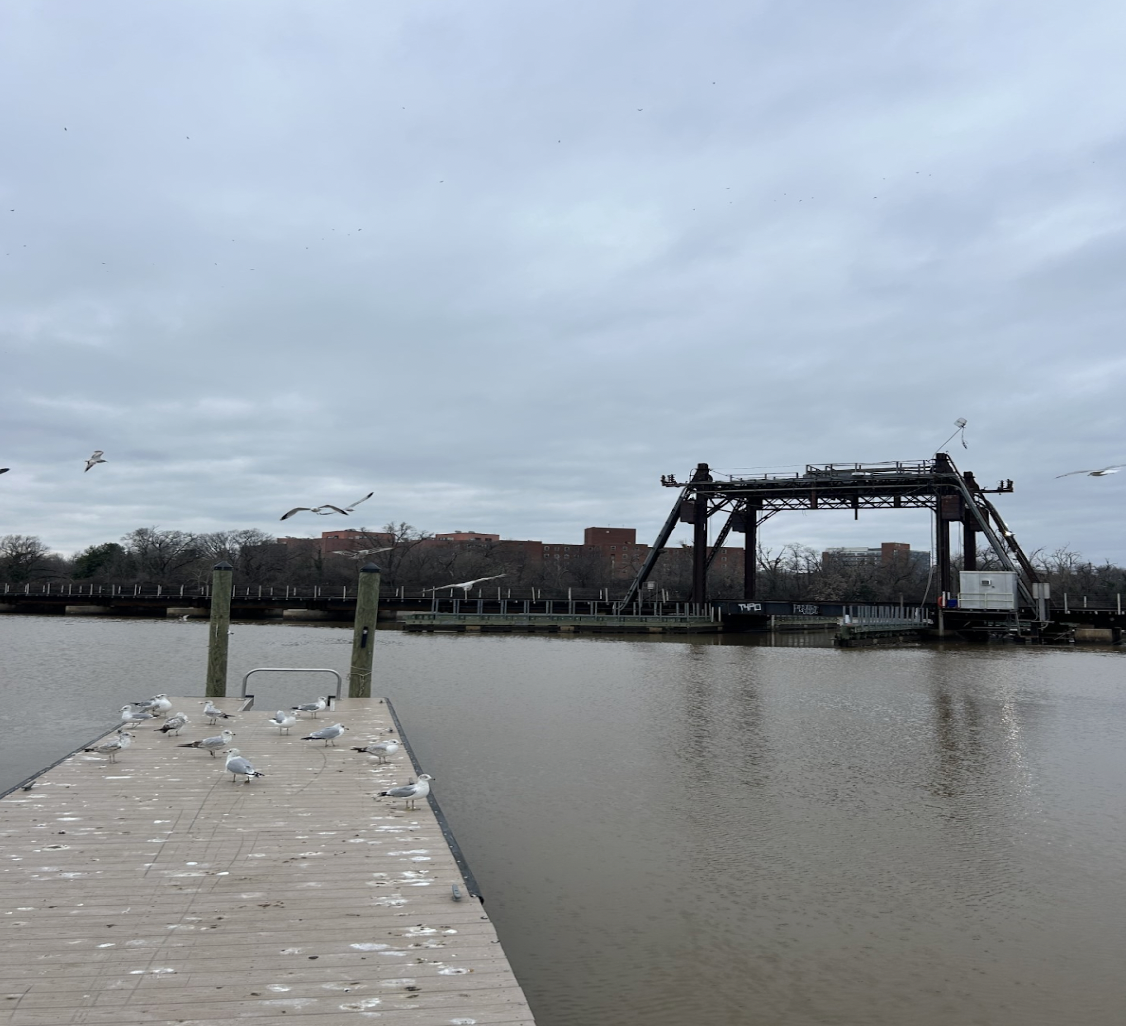A Vacation to Hawaii’s Worst Case Scenario
The Ocean’s Cities
I am terrified of the ocean. I don’t like feeling completely powerless and clumsy and unprotected in something so vast.
With this in mind, my first snorkeling excursion was about as enjoyable as the dentist’s office.
Family vacation in Florida had taken a dark turn for ten-year-old me, and as the other tourists were happily snorkeling away, I was treading water and searching wildly for lurking sharks.
Eventually, I stuck my head under the waves. What I found took my breath away.
Directly below was a coral reef. It stretched around for miles, all vivid colors and dramatic twisting shapes; a bustling underwater metropolis, brimming with a constant, fluid motion that I had never seen before. It was life.
That first look at a coral reef has always stuck with me. Though the ocean is still alarming, that is one place where I can’t help but appreciate it.
It’s also why coral bleaching scares me so much. As a result of rising ocean temperatures, coral gets stressed and the algae that lives inside is forced out, leaving it colorless and unable to get nourishment. If balance isn’t quickly restored, the coral dies, leaving formerly multi-colored reefs white, broken, and desolate.
The ocean’s cities will be ghost towns.
Hawaii is especially vulnerable to bleaching: at least three mass episodes have been recorded in the last ten years. And if temperatures continue to rise at this rate, bleaching will increase while coral growth declines by up to 75% from 2000 levels. That means that of today’s 1200 miles of reefs in Hawaii, only 300 miles will be left by 2100.
And the environment won’t be the only thing to suffer. Hawaii makes $385 million per year off of its reefs in goods and services, providing a livelihood for thousands of Hawaiians. Coral is just as important for human life as it is for marine life.
My first look at a coral reef took my breath away. And those first looks should be safe for the future, too.
– Sumner Byrne
For most people, Hawaii’s idyllic beaches and underwater kingdom have always represented a natural paradise. While my home state’s Jersey shore holds a special spot in my heart, in reality, it pales in comparison to Hawaii’s tropical offerings.
However, most do not realize the reliance of Hawaii’s economy on preserving this beautiful landscape for the fulfillment of vacation goers.
Tourism accounts for more than a quarter of Hawaii’s entire economy. Without the 8 million tourists Hawaii receives each year, the state would lose $14 billion, revenue which helps pay for many of the services maintaining this paradise.
However, Hawaii is threatened by a climate recession that might replace its well-known beauty with a much uglier image. As an island, sea level rise and intense volatile storms could severely weaken Hawaii’s economy.
About half of Hawaii’s bridges are “structurally deficient” and 77 of Hawaii’s dams are “highly hazardous.” These climate conditions can uproot this faulty infrastructure and cause significant deaths and property damage.
As for jobs, all of the 6,000 workers in the hotel industry would be jobless from projected beach erosion by the end of century.
And there is no easy fix. It could cost around $6 billion to protect Hawaiian beaches about 10 percent of Hawaii’s total GDP.
These are just some of the huge economic problems Hawaii faces from climate change.
As for my home state, New Jersey faces similar climate threats to its coastline but may not suffer as adverse consequences due to its bustling industries and nexus as a transportation corridor.
It is more difficult for Hawaii to protect its coastline. Policy makers might have to finance expensive adaptations that could drive the cost of visiting Hawaii too high for vacation goers. Tourists may also be less willing to visit a vulnerable, environmentally unstable region. As less people visit, less money is invested – a cycle that may very well end up slowing a resilient response.
But this does not have to be so. As part of the United States, Hawaii has the resources to defend itself against climate change. Hawaii is the most oil-dependent state, getting 90 percent of its energy from imported oil. But Hawaii has made strides to rid its oil dependence. It recently imposed a $1 surcharge on oil barrels and enacted an energy bill mandating 25 percent of electricity come from renewable sources by 2020.
However, it needs help. To save this beautiful, ecologically diverse landscape we need cleaner energy investments on a global scale. Otherwise a tropical paradise today, may be an island wasteland tomorrow. Learn more about your future Hawaii vacation.























